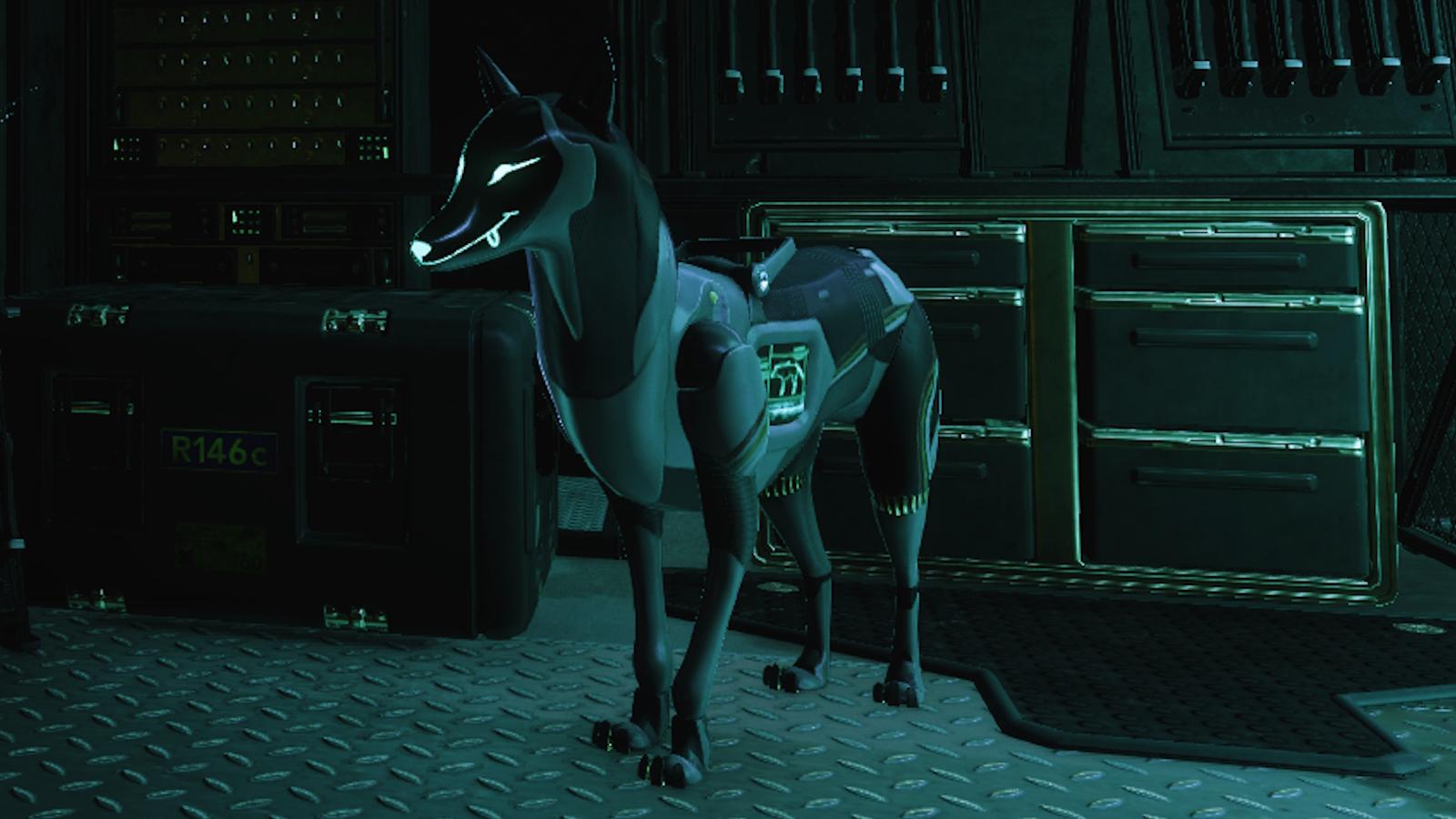Cult of the Lamb takes inspiration from roguelike greats with some dark twists
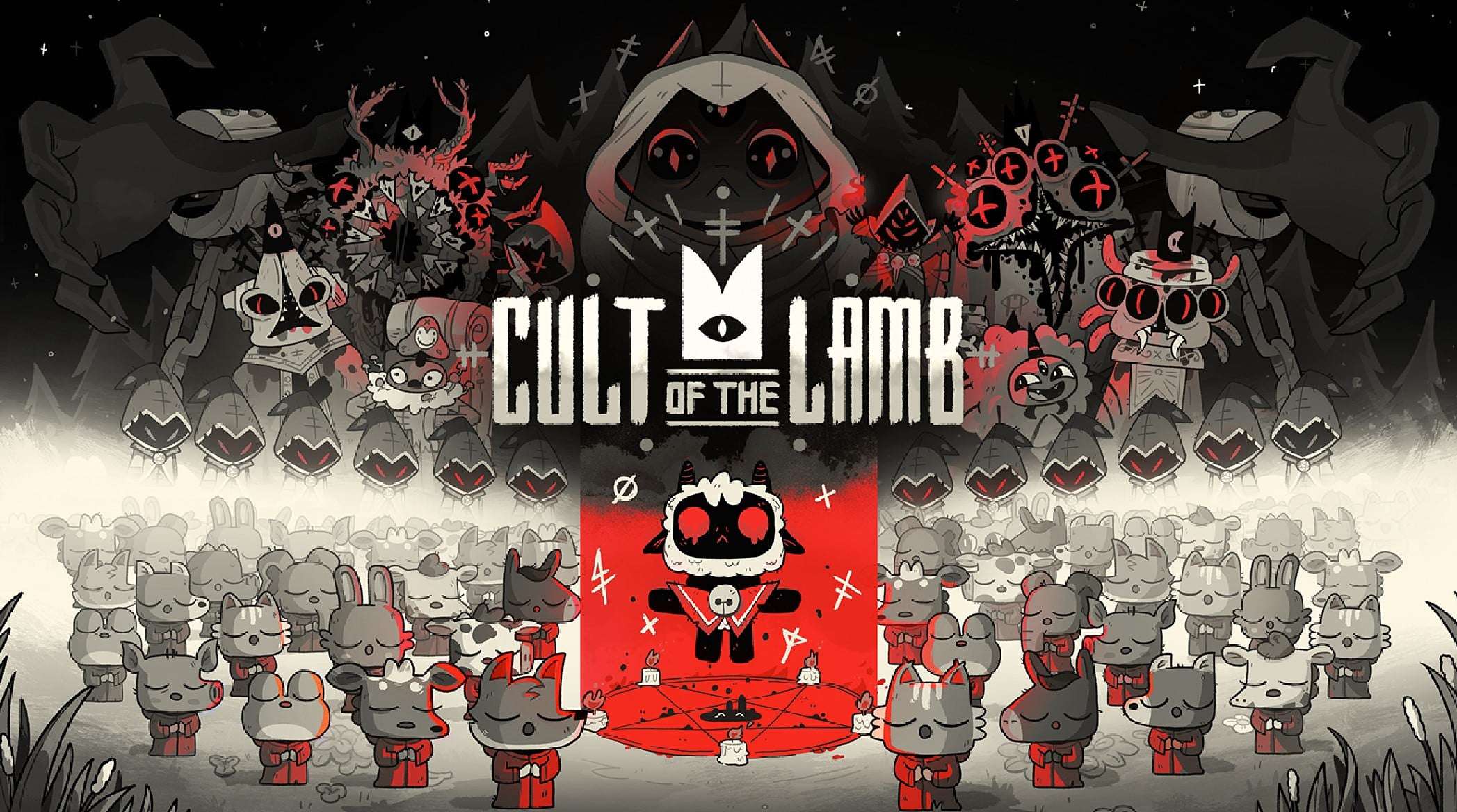 Devolver Digital / Massive Monster Studios
Devolver Digital / Massive Monster StudiosCult of the Lamb, a new roguelike from Melbourne-based indie developer Massive Monster Studios, has taken inspiration from many iconic titles in the genre. Though its dark additions and twisted spins on the formula will have not only players coming back for more, but so too their legions of followers.
On the surface, Cult of the Lamb is effectively two games merged into one hard-hitting yet thoughtful package. On one hand, there’s the snappy combat portion of the game that has you pushing through room after room of demonic foes, dodging their attacks, timing your own, and scavenging the remains for resources, equipment, and various stat boosts.
After the short burst of the first offering, the game flips to its strategic base-building and minion-commanding side. A unique hub world is yours to develop, populate, and influence as you see fit. In doing so, not only does your home territory evolve along with its inhabitants, but so does your potential in combat.
Despite this separation in gameplay pillars, it’s the way in which these two distinct components coalesce that sets Cult of the Lamb apart. Once you’re indoctrinated under its many intertwining systems, much like the roguelike greats it takes after, Cult of the Lamb is near-impossible to put down.
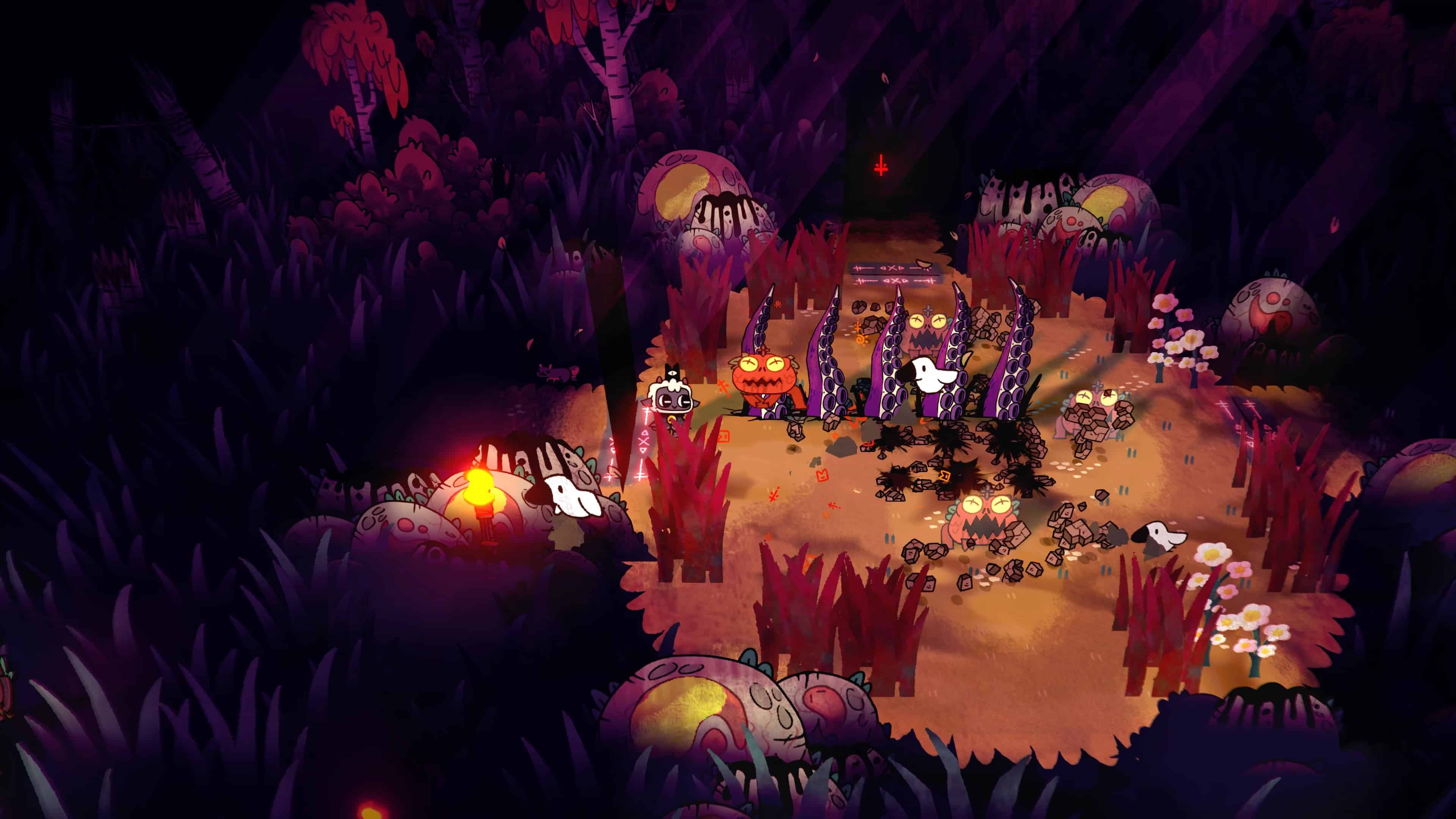 Devolver Digital / Massive Monster Studios
Devolver Digital / Massive Monster StudiosStrength in numbers
As its name implies, Cult of the Lamb is quite literally about amassing your own cult of whimsical creatures. Each time you clear a stage in the action side of the game, you grow your following on the strategy side by ‘rescuing’ various animals and all but forcing them to worship your efforts.
With each new cultist added to your group, you’re able to provide commands, putting them to work in one of many ways to further grow your base and empower yourself as a leader. From the look of every follower to the specific placement of any given building, along with which upgrades you seek first, almost everything is customizable to fine-tune your very own twisted faction.
Although our early preview halted progress after roughly an hour, the depth to this base-building component immediately became apparent. Whether it’s honing in on specific effigies for direct ability upgrades or building new luxuries to keep your followers satiated, options are plentiful meaning no two players have to follow the same path to success.
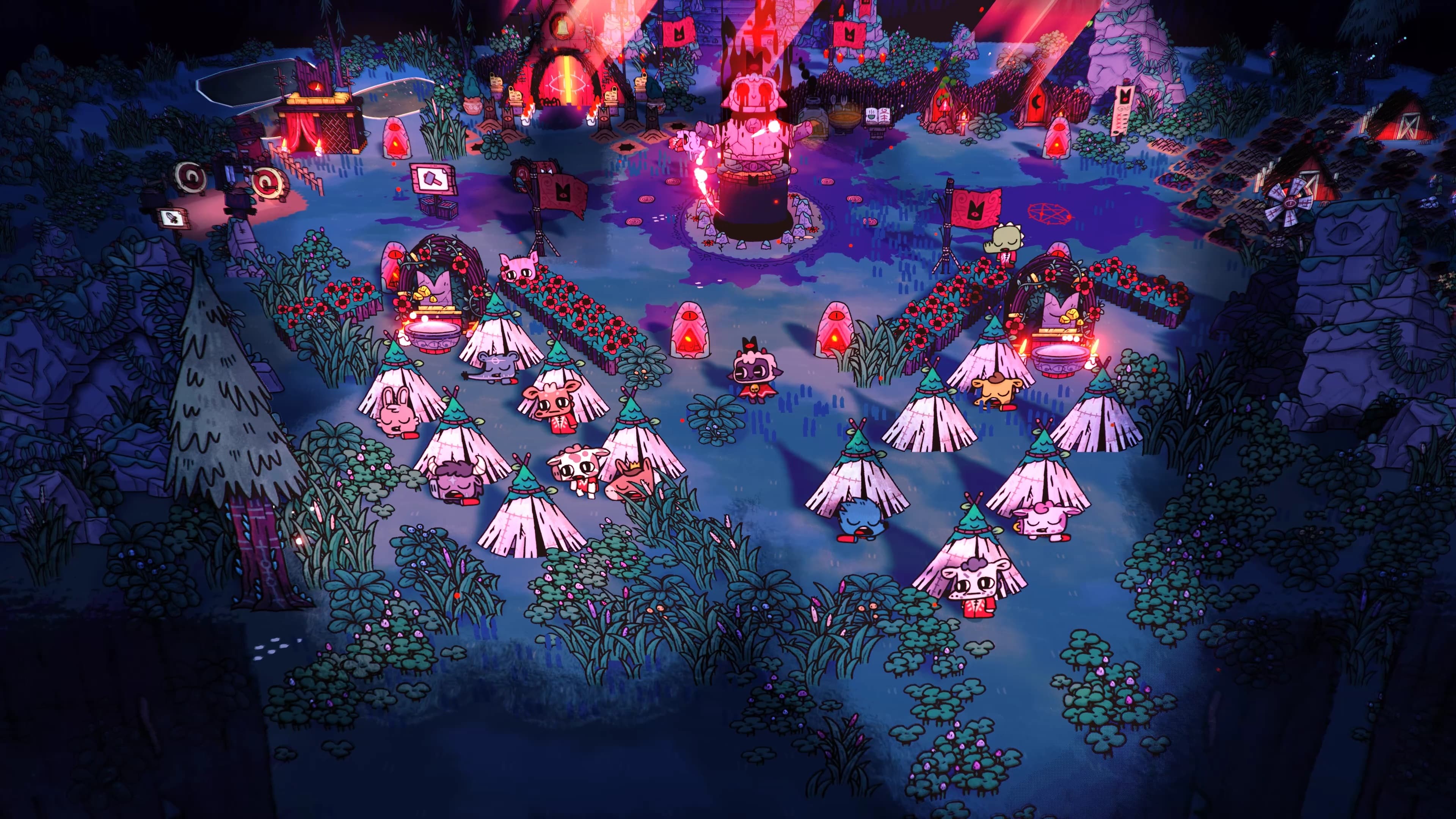 Devolver Digital / Massive Monster Studios
Devolver Digital / Massive Monster StudiosThe combat sections themselves are nothing too complex, however. At least in this initial build, stages feature just a handful of rooms with increasingly difficult enemies before a boss fight to close it out. Dodging incoming melee and ranged attacks by any means is the name of the game. With such a limited pool of health to begin with, just a few hits will end your run.
Thus, jumping behind objects in the environment, timing your movements, and perfecting the art of counterattacks is all vital. Similar to the likes of Enter the Gungeon for more than just its overhead view, each room is different from the last, forcing you to react quickly to layouts, enemy attack patterns, and the like.
- Read More: The Quarry review
Along the way, you’re able to pick which rooms to explore akin to Slay the Spire, swap between a handful of equipment like Rogue Legacy, and choose from a small selection of effects exclusive to that particular run; no different from Hades, Binding of Isaac, and countless other staples. It mostly covers the essentials for the roguelike genre.
These encounters last barely a few minutes, keeping you locked in as you rapidly switch between intense fights and the more soothing hub world. As you’re constantly swapping from frenetic combat to calm base building, Cult of the Lamb truly shines. Synergy across these components hooks you right in with that vital ‘just one more run’ feeling the genre is best at, as each action in one half of the game directly impacts the other.
Stunning presentation with some minor irritations
Even with its many gameplay inspirations, from a visual and thematic standpoint, Cult of the Lamb is evidently in a realm of its own. Its hellish appearance and demonic symbolism punctuate every stage, despite the deceptively charming appearance of the game’s many characters.
With a tremendous User Interface to boot tracking quests and navigating dozens of customizable features is all kept fairly simple. Though that’s not to say everything is perfect.
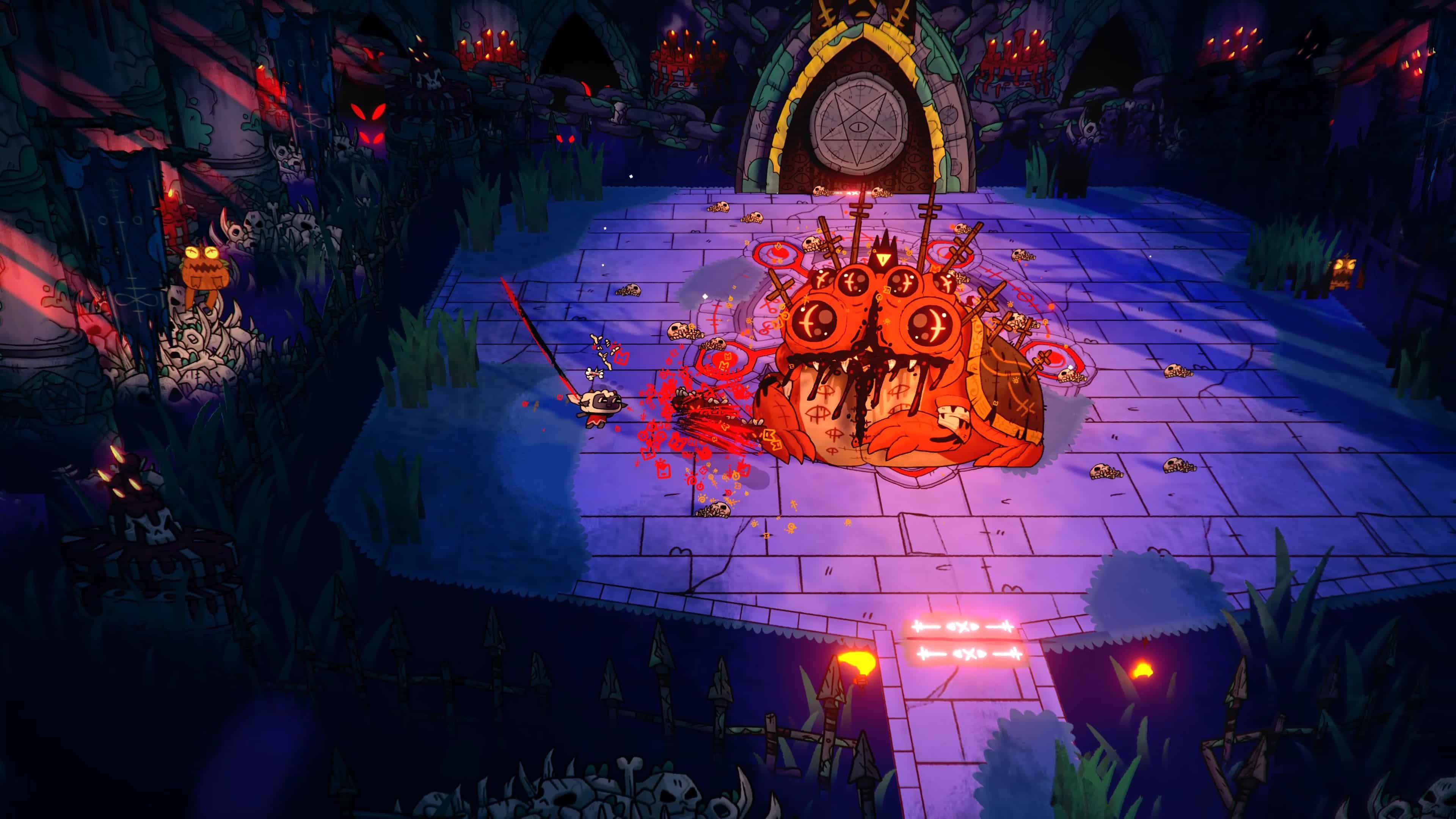 Devolver Digital / Massive Monster Studios
Devolver Digital / Massive Monster StudiosThroughout this first session with the game, it became increasingly more difficult to process what was being picked up. As a range of building materials, currencies, and equipment all scatter across the ground before being vacuumed towards the character, it’s tough to gauge what’s actually important.
Items are all rather small in the environment and without any distinct color coordination. Not only is it easy to lose track of said items in the background, but it’s all the more challenging to discern between them in the heat of the moment. More often than not after clearing a room, it became a natural response to question what I had even acquired.
Similarly, enemies themselves can often struggle to stand out due to the game’s art style. Without much in the way of a bold outline, characters with the same shades as their surroundings can all too easily blend in.
A simple solution, at least on paper, could be to implement colored outlines. Perhaps red for enemies, blue for building materials, green for equipment, and so on. It’s a minor gripe in the grand scheme but for a roguelike with countless hours of replayability, this particular frustration could certainly be a larger hindrance in the full release.
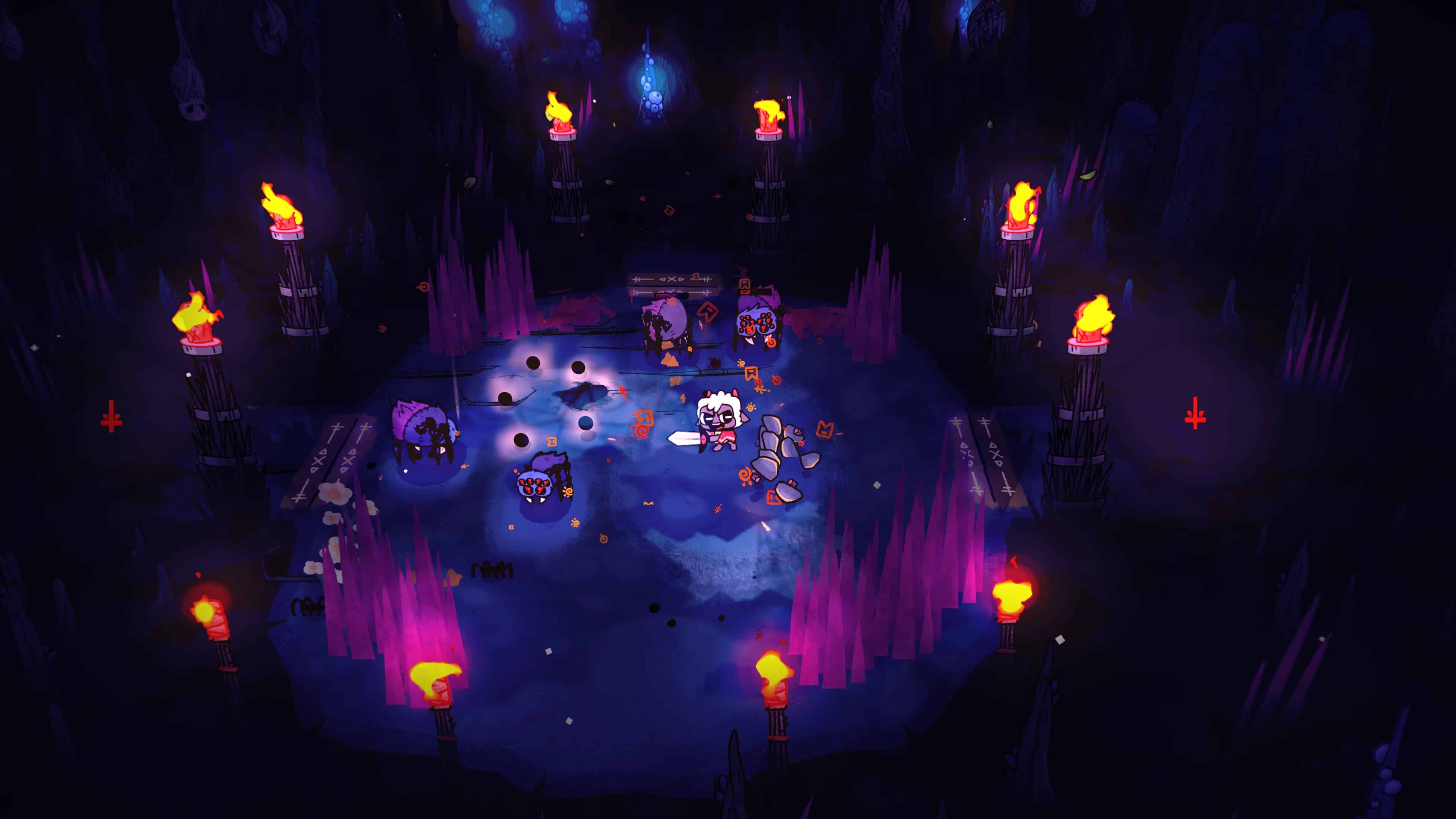 Devolver Digital / Massive Monster Studios
Devolver Digital / Massive Monster StudiosFortunately, there’s still a good amount of time left to make any final adjustments ahead of Cult of the Lamb’s August 11 launch date.
Regardless, this upcoming indie game is unquestionably one to keep an eye on and one that could soon make the hours vanish as you look to form the ultimate cult.



